Wines go in and out of fashion, this we know. Big, oaky California Chardonnay was a hit in the ’90s before becoming an industry-wide punching bag. Then, it re-emerged in a new, purer form. Merlot followed a similar trajectory, as did Shiraz and a number of other popular varieties.
Sauvignon Blanc is one such grape that’s enjoyed a bit of a rollercoaster ride over its lengthy history. Throughout the bumps, twists, and corkscrews, it has managed to tear its audience virtually in two. Some swear by the stuff. Others believe it’s little more than light tropical fruit juice, worthy of houseplants.
While Sauvignon Blanc isn’t exactly roaring back, it is on the rise, both in terms of plantings in certain American appellations as well as overall quality. There’s a decidedly springtime element to the stuff, with its green-skinned grapes, lifted aromatics, and fresh and fruity flavors. The flavors, too, end up being green, with things like green pear, gooseberry, kiwi, and more. You can find great takes on the variety both domestically and abroad, in places like New Zealand, Chile, and Australia.
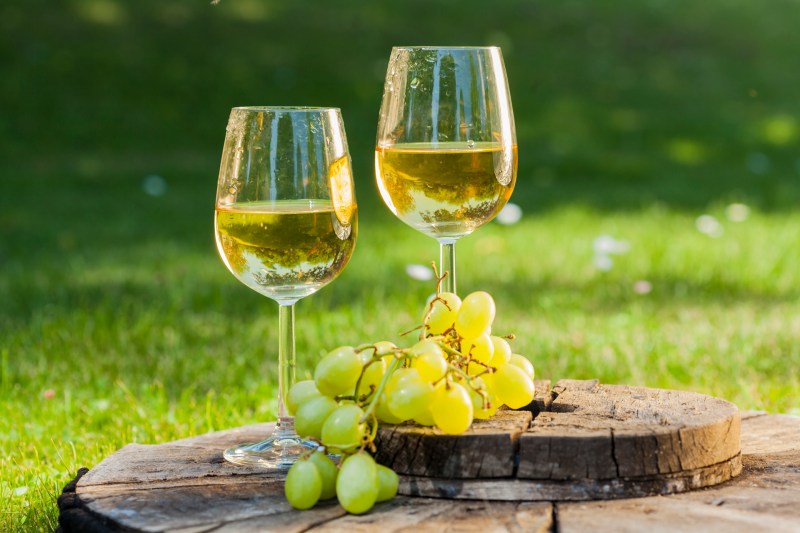
While Sauv Blanc likely hails from southwestern France, gaining serious followings in the Loire and Bordeaux, it’s planted all over the world today. The most recent studies suggest it may have descended from Savignin, in the Jura. It came stateside, to California, in the late 19th century, ultimately taking on the Mondavi-backed “Fumé Blanc” name to distinguish the style and add some marketability. It’s a name taken partially from a part of the Loire where it’s beloved — Pouilly-Fumé.
California ran with the grape in the U.S. and it ended up finding a good foothold in Washington, parts of Oregon, and even Ohio. The wine is subject to many of the same pitfalls that can plague the most popular whites on the market; namely, mass production leading to empty or diluted flavors and the tendency to chill the absolute bejesus out of it.
Pop it in the fridge for twenty minutes if you feel you must, but a good Sauv Blanc is plenty crisp and refreshing at room temperature. In fact, serving it too cold is practically strangulation, which is all the worse for Sauv Blanc as it’s a wine that vintners in particular like because it’s so fragrant (especially, I’m told, as it ferments and comes to life in the cellar).
And for what it’s worth, International Sauvignon Blanc Day is coming right up, to be celebrated on May 1 (remember when liquor-based holidays existed?).
Want to dig into some Sauv Blanc? Here are a few to try:
Andrew Rich 2016 Sauv Blanc
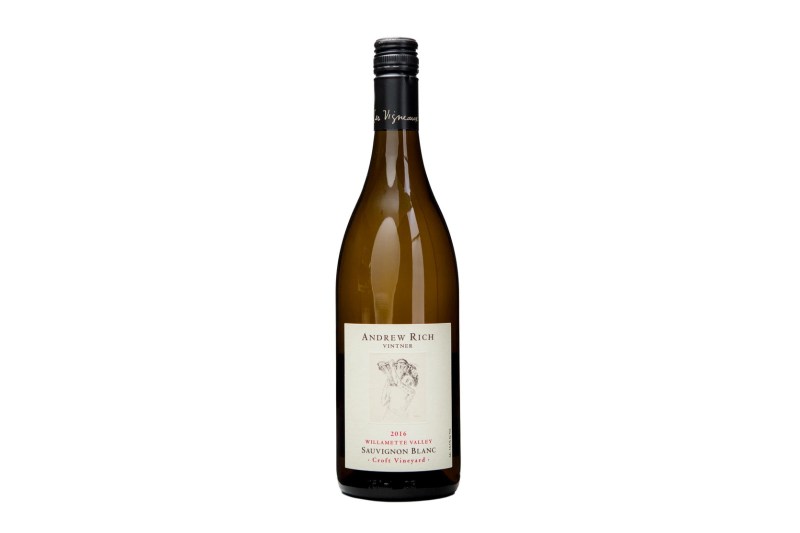
Willamette Valley winemaker Andrew Rich has long believed in the power of Sauv Blanc. His version is balanced, zesty, and green apple-driven, with a hint of jasmine. It’s made from fruit grown in the Croft Vineyard, which first planted the variety back in 1987.
J. de Villebois Pouilly-Fumé Marnes Kimméridgiennes
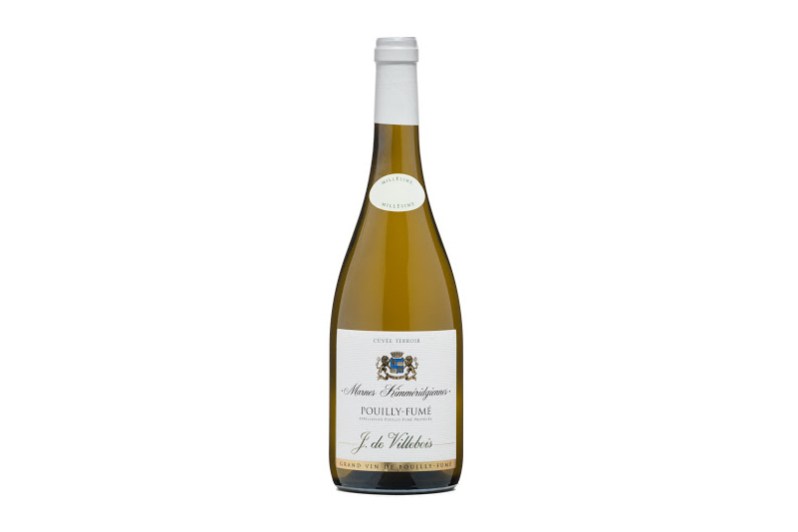
This Loire producer is a model citizen in the Sauv Blanc game. The wines are full of character and the farming practices are sustainable. The label makes an expansive family of worthwhile options but this one is especially memorable, with a saline quality that balances out the ripe orchard fruit. The wine’s name comes from the soils the grapes are grown in, made of fossilized seafloor.
Lobo Hills Sauv Blanc
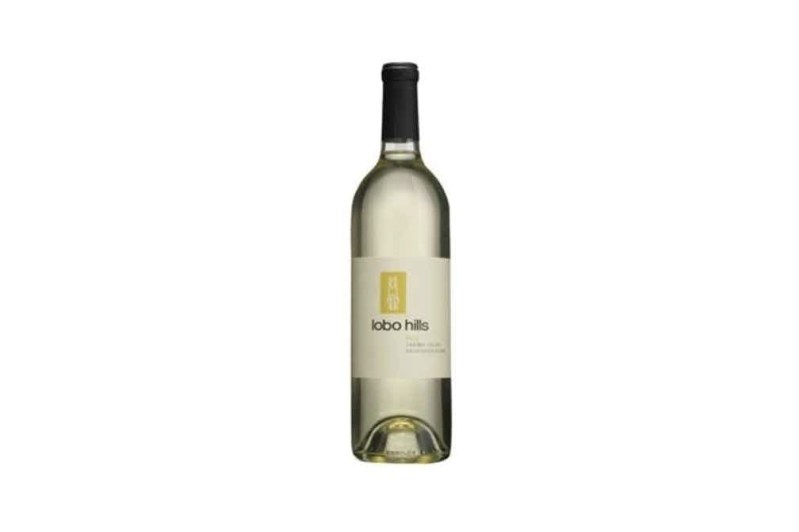
Made from Yakima Valley fruit in Washington, this wine is an enjoyable sipper, with a clean and focused body and punchy acidity. Previous vintages have won some awards and garnered critical acclaim and the ’19 is on track to do the same.
Maori Moana 2019 Sauv Blanc
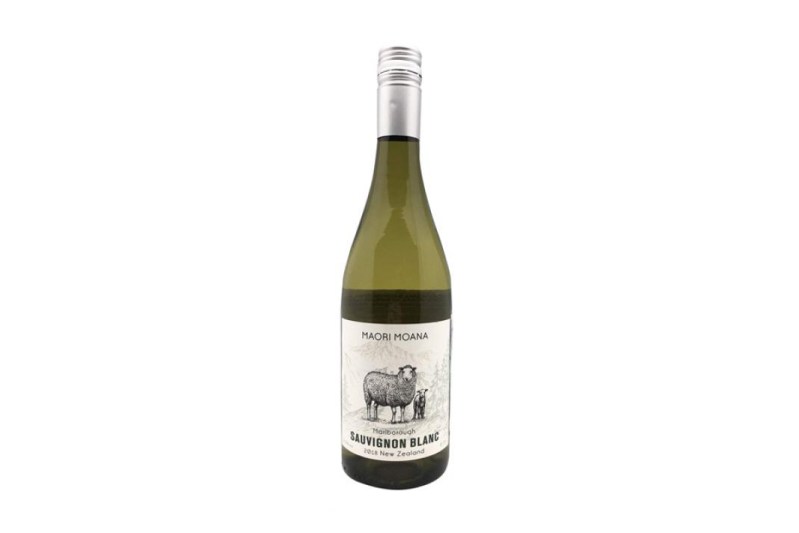
New Zealand almost always needs to be on your radar where Sauv Blanc is concerned. This wine is a nice snapshot of the esteemed scene down there, with its energetic flavors and breezy, feel-good nature.


